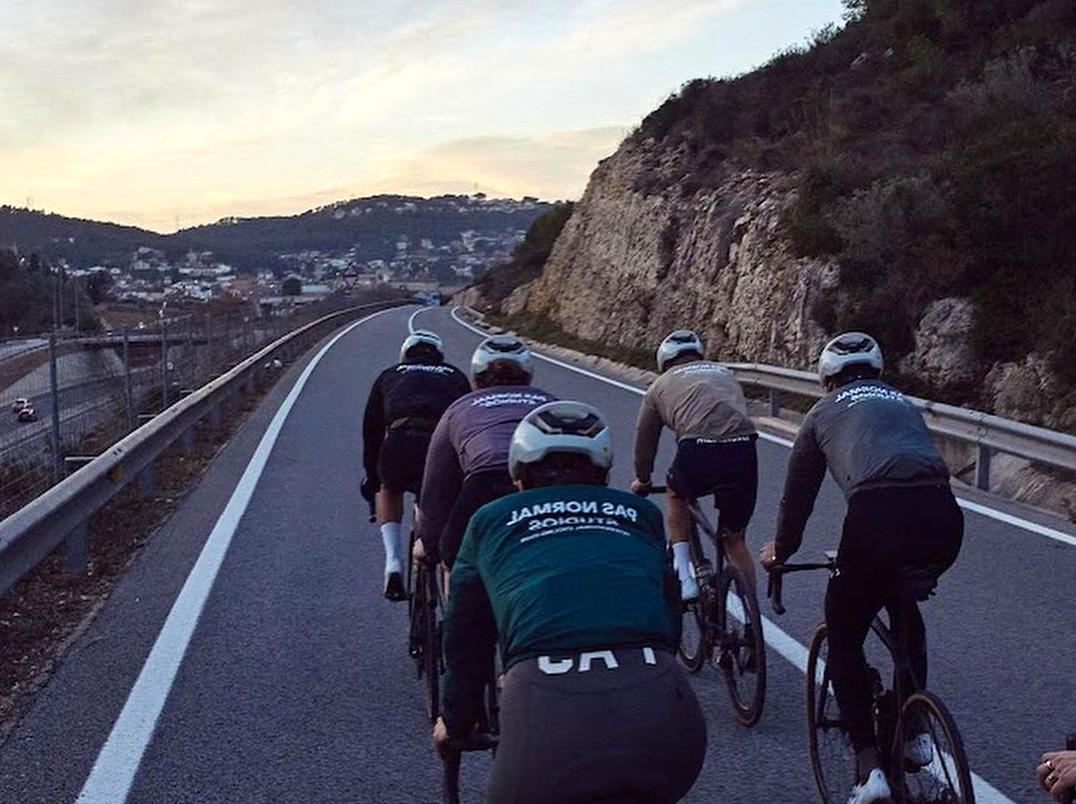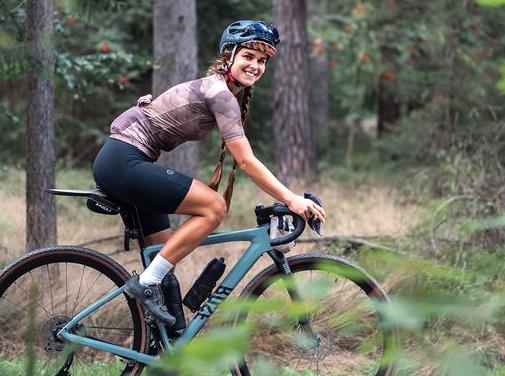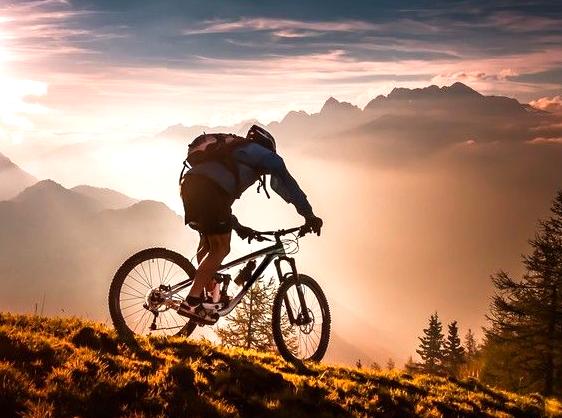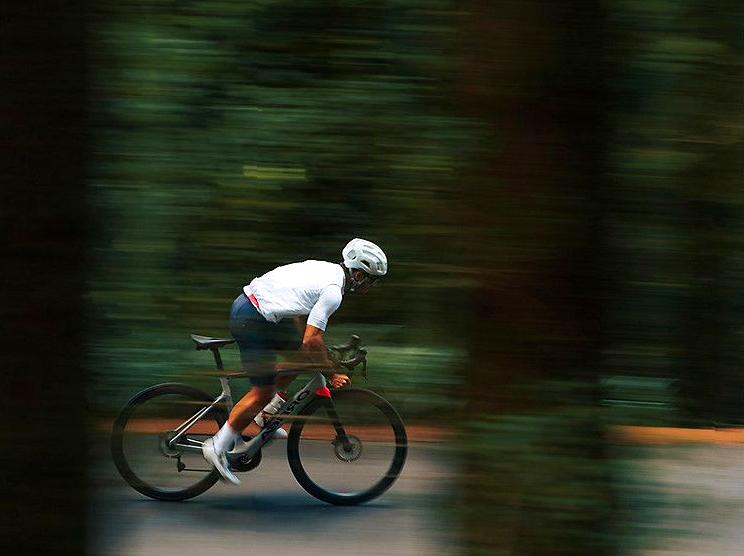10 Mountain bike trails to shred in Tasmania

Tasmania is a mountain biking paradise, offering an array of stunning trails that are perfect for shredding. From the picturesque landscapes of Cradle Mountain to the rugged wilderness of the East Coast, mountain bikers of all levels can find trails that challenge, inspire, and excite. This article explores ten of the best mountain biking trails in Tasmania, providing insights into each trail’s unique features and the exhilarating experiences that await riders.
1. Cradle Mountain – Dove Lake Loop

The Cradle Mountain area is renowned for its breathtaking views and pristine wilderness, making the Dove Lake Loop one of the most iconic rides in Tasmania. This loop is about 6 km long and offers an easy ride suitable for all skill levels. Riders can soak in stunning vistas of the mountain and crystal-clear waters while navigating through lush rainforest. Along the way, expect some technical sections that will keep you on your toes, along with boardwalks and bridges that enhance the ride. The loop is particularly popular in the colder months when the area may be dusted with snow, creating a surreal winter wonderland for bikers. Don’t forget your camera—a ride at Cradle Mountain is an experience you’ll want to capture!
2. Blue Tier

The Blue Tier is a favorite among advanced mountain bikers looking for a thrilling descent. This trail spans about 22 km and follows an old logging road, offering a mix of technical features and fast flowing sections. As you ride, you’ll encounter stunning views of the surrounding Tasmanian wilderness and could even spot some wildlife along the way. The trail culminates in a breathtaking plunge down to the beaches of St Helens, making it an exhilarating finish to a fantastic ride. The Blue Tier is part of a collection of trails that intertwine, providing options to extend your adventures if you desire more. Be prepared for some steep climbs and challenging terrain to test your skills!
3. Mount Wellington – Pipeline Track

The Pipeline Track on Mount Wellington offers riders a unique experience combining urban views and natural landscapes. Stretching approximately 8 km, this moderately difficult trail features smooth gravel and some rocky sections, making it ideal for intermediate riders. Starting from the Fern Tree area, bikers are treated to majestic views of Hobart and the Derwent River. The trail also features various overlooks, giving you the perfect opportunity to take in the breathtaking Tasmanian scenery. Due to its proximity to Hobart, the Pipeline Track is a go-to spot for both locals and visitors, ensuring you’ll never ride alone. The versatility of the trail allows for quick rides after work, making it a favorite among those seeking a mountain biking escape close to the city.
4. Derby
Derby has quickly become one of Tasmania’s premier mountain biking destinations, boasting an extensive network of trails designed for all skill levels. The town is home to approximately 80 km of flowing trails, featuring everything from smooth green runs to more advanced black diamond sections. Derby’s trails are famed for their incredible flow, with riders enjoying features such as berms, jumps, and rock gardens. Iconic trails like the ‘Blue Derby’ and ‘The Green Grade’ are highlights that offer varied and exciting experiences. This destination has received international recognition, and the local community’s efforts in maintaining the trails contribute to its status as a must-visit spot for mountain bikers. After a session on the trails, you can explore the charming town of Derby, which features quaint cafes and local shops.
5. Walpole Forest Trail
Located near the quaint town of Walpole, the Walpole Forest Trail offers riders a mix of stunning natural beauty and adrenaline-pumping descents. This 15 km trail is rated as moderate and leads you through lush Karri forests, featuring gentle rolling hills that are perfect for exhilarating rides. The forest provides a serene atmosphere, allowing you to immerse yourself in the beauty of Tasmania’s natural environment. Bikers will find plenty of opportunities to take breaks at scenic lookout points to enjoy the flora and fauna. The track is well-marked, ensuring a safe and enjoyable experience for everyone. At the end of the ride, consider visiting the nearby town of Walpole for a refreshing meal or drink.
Conclusion
Tasmania’s diverse mountain biking trails offer something for everyone, from breathtaking landscapes to thrilling descents. Whether you’re a beginner hoping to enjoy scenic rides or an advanced rider looking for a challenge, Tasmania has it all. The unique features of each trail, combined with the stunning natural environment, create unforgettable biking experiences that are hard to beat. It’s crucial to respect the trails and the environment while enjoying your rides, ensuring these beautiful areas remain pristine for future generations. Make sure to pack your gear, grab your bike, and venture out to explore Tasmania’s amazing mountain biking trails!
FAQs
The best time for mountain biking in Tasmania is during the warmer months from late spring to early autumn (November to March), when the weather is more stable and the trails are generally in good condition.
2. Are there bike rentals available in Tasmania?
Yes, many areas in Tasmania, such as Hobart, Launceston, and Derby, offer bike rentals and gear for hire, making it convenient for visitors to explore the trails without needing to transport their own bikes.
3. Do I need a mountain biking permit for trails in Tasmania?
Most mountain biking trails in Tasmania do not require a permit, but it’s essential to check local guidelines or specific trail conditions before heading out on your ride.
4. Are the trails suitable for beginners?
Yes, Tasmania offers a variety of trails suitable for beginners, with many easy and moderate options available, such as the Dove Lake Loop, which caters to riders new to mountain biking.
5. What should I bring on a mountain biking trip in Tasmania?
For a successful mountain biking trip in Tasmania, pack essential gear including a helmet, protective clothing, a water bottle, snacks, and a repair kit, along with an appropriate map or GPS device to navigate the trails.
